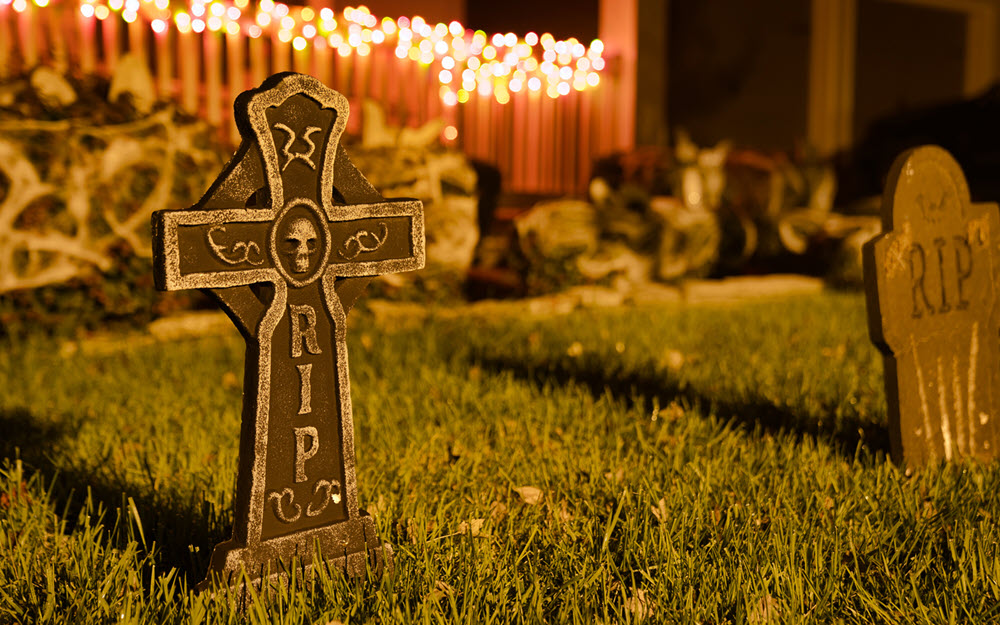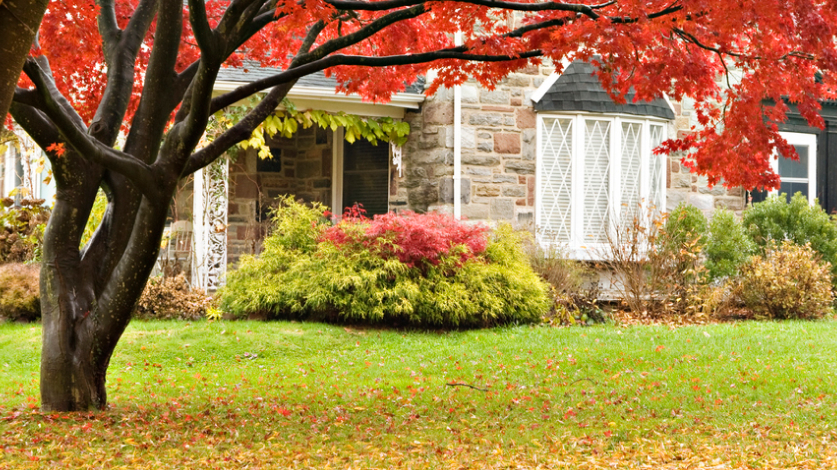Well, at least the organisms present in soil do. Many of the millions of organisms that live in soil, including bacteria, fungi, insects and earthworms, are known as decomposers. They consume the remains of dead plant tissue and microbes, breaking down these organic remains into simple components that are released into the soil. Some of these organic and mineral compounds provide nutrients for new plants to grow, so decomposers recycle plant material.
Fun Fact: This is how composting works! Collect any uneaten food or food-waste, such as apple cores or corn cobs, and return them to the earth through a composting pile kept outdoors. As compost breaks down, it can be used as a fertilizer. Don’t have time or space to create your own compost? Most communities have a composting pick up program that use your compost materials for local garden and growing spaces.



 Branch Finder
Branch Finder













 Back to all blogs
Back to all blogs
Facebook
X
Youtube
Copy Link
Email